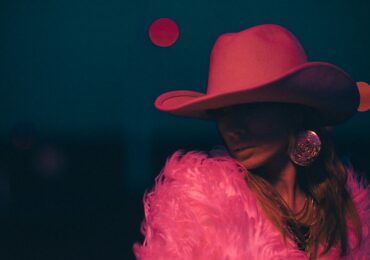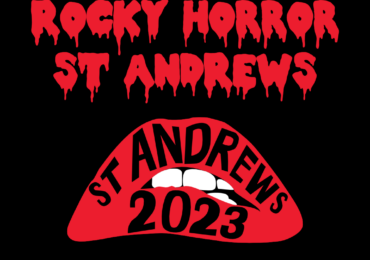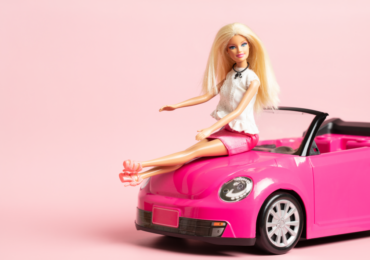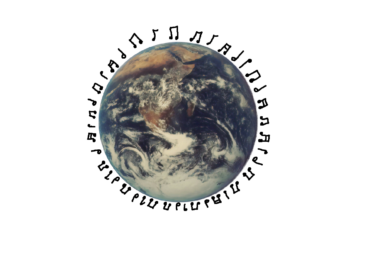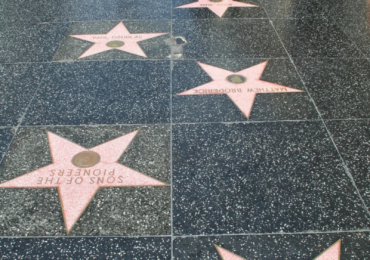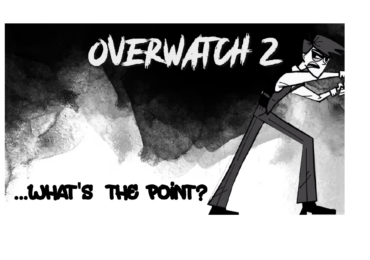Article by Milly Smith
When you’re picking your outfit in the morning, already five minutes late for your 10am lecture, but desperate to look cool enough to fit in in the queue for Taste afterwards, I’m sure the last thing to cross your mind is the state of the stock market. However, fashion and the economy are inextricably linked, and economic upturns and downturns do have sway over what’s in Vogue.
In 2010, Marjolein van Baardwijk and Philip Hans Franses published a study on the correlation between skirt lengths and economic market conditions. Their analysis spanned from 1929 to 2009 and their findings were incredibly interesting; revealing that, in times of market growth, women wear shorter skirts.
During the 1920s economic boom it was the short flapper dress that populated speakeasies, with stockings scandalously peeking out from beneath them. However, as the Great Depression set in, stockings very much disappeared as hemlines stretched out to midi and maxi lengths.
We saw this again more recently, in the noughties, as, when the economic cycle globally peaked, skirts became basically invisible with many women taking Paris Hilton’s famous proverb to heart: ‘Skirts should be the size of a belt. Life’s short, take risks.’ However, following the 2008 financial crash, fashion turned, ushering out low-rise, high skin-factor mini-skirts for more conservative high-rise and business casual pencil skirts in the early 2010s.
But whilst our hemlines rise with the economy, our heels appear to fall. A consumer products expert at IBM developed a theory that asserts that the height of heels has an inverse correlation with economic growth. As the economy goes low, we go high.
In the 1920s, the shoe of choice was a low-heeled flapper shoe. Yet, after Wall Street crashed in 1929, high-heeled pumps and platforms were the thing.
In the 1990s, when the economy slumped, the prevailing thick, grungy platform shoe (think Kat Stratford) was out, and stilettos (think Carrie Bradshaw) were back in.
At the peak of the 2009 financial crisis in fact, the average height of a woman’s heel was at an all-time high of seven inches, dropping down two inches as the economy levelled in 2011.
But the economy doesn’t influence change we can measure with a ruler, instead it directly influences the trend cycle.
In times of recession, we become more interested in business-casual clothing styles. At times of high unemployment, as seen in the 2010s, workwear becomes aspirational and almost fetishized. After all, there was nothing hotter than a tailored blazer in 2012.
The bling-factor of fashion also decreases remarkably in times of recession. During the 2010 New York Fashion Week, many luxury designers, including Ralph Lauren, Vera Wang, and Reed Krakoff, all chose to present collections featuring muted tones, limited patterns and little to no jewellery. This was a marked departure from the bling of the noughties, wherein every inch of cloth was plastered with rhinestones and designer logos.
Fashion also becomes discernibly more gender-inclusive in times of economic crisis. Designers tend to blur the lines between male and female clothing, creating new androgynous silhouettes. In increasing the wearability of their clothing, designers produce a larger collection for less. Consumers also perceive their clothing as more attainable and economically justifiable.
In the early 2020s, coming out of a post-pandemic recession, the economy’s impact on clothing is not something that is alien to us. Louis Vuitton’s Spring/Summer 2021 collection exemplifies the effect of the recent cost of living crisis on clothing, as they released a set of gender-fluid designs, intended both for men and women. This was met by a wide amount of praise from consumers, and well as successful cost cuts for the brand.
Lastly, it is no revolutionary statement to claim that the economy affects peoples’ shopping habits, yet it also affects where and how it is ‘cool’ to shop. Due, in part, to the recent recession, the rate of second-hand shopping grew by 15% in 2021. There are other factors for this shift, for example growing environmental concerns on the impact of personal shopping, and the increased presence and trendiness of thrift and vintage stores, however, the economic accessibility of re-commerce in times of growing financial instability cannot be ignored.
So, as you get dressed tomorrow, perhaps don’t just think about catching the eye of your lecture crush or receiving a compliment from the Taste barista (although it’s a bonus), but also the current economic state of the world. Because there’s nothing like remembering you are in an economic crisis to brighten up a morning!
Sources:
What Does a Recession Look Like in Fashion? (lofficielusa.com)
How Do Recessions Impact Fashion Trends? Beyond the Hemline Index (masterworks.com)


